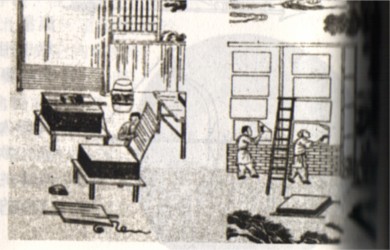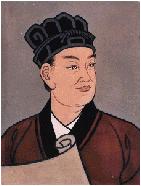| About China > Sci-Tech > Ancient > Four Inventions |
|
|
Four Great Inventions of Ancient China -- Paper
China was the first nation who invented paper. The earliest form of paper first appeared in the Western Han Dynasty (206BC-23AD), but the paper was generally very thick, coarse and uneven in their texture, made from pounded and disintegrated hemp fibers. The paper unearthed in a Han tomb in Gansu Province is by far the earliest existing ancient paper, tracing back to the early Western Han Dynasty.
Before paper was invented, Qin Shihuang, the first emperor in Chinese history, had to go over 120 kilos of official documents written on bamboo or wooden strips. With the invention of paper, the popularization of knowledge has turned into reality. The invention of paper is an epoch-making event in human history. |
||||||
All rights reserved. Reproduction of text for non-commercial purposes is permitted provided that both the source and author are acknowledged and a notifying email is sent to us. |
||||||
 |

